A l'UM la science [S04-ep03]: The race for rare metals
This week in A l'UM la science Roberto Interdonato, researcher at the Tetis laboratorylaboratory, talks to us about mining transactions. The report takes us to the nuclear magnetic resonance platform with Aurélien Lebrun. Then Thomas Pichery, in charge of sustainable development communications at the UM, tells us about the Fête de la Science. A program broadcast every Wednesday at 6pm on Divergence FM-93.9.
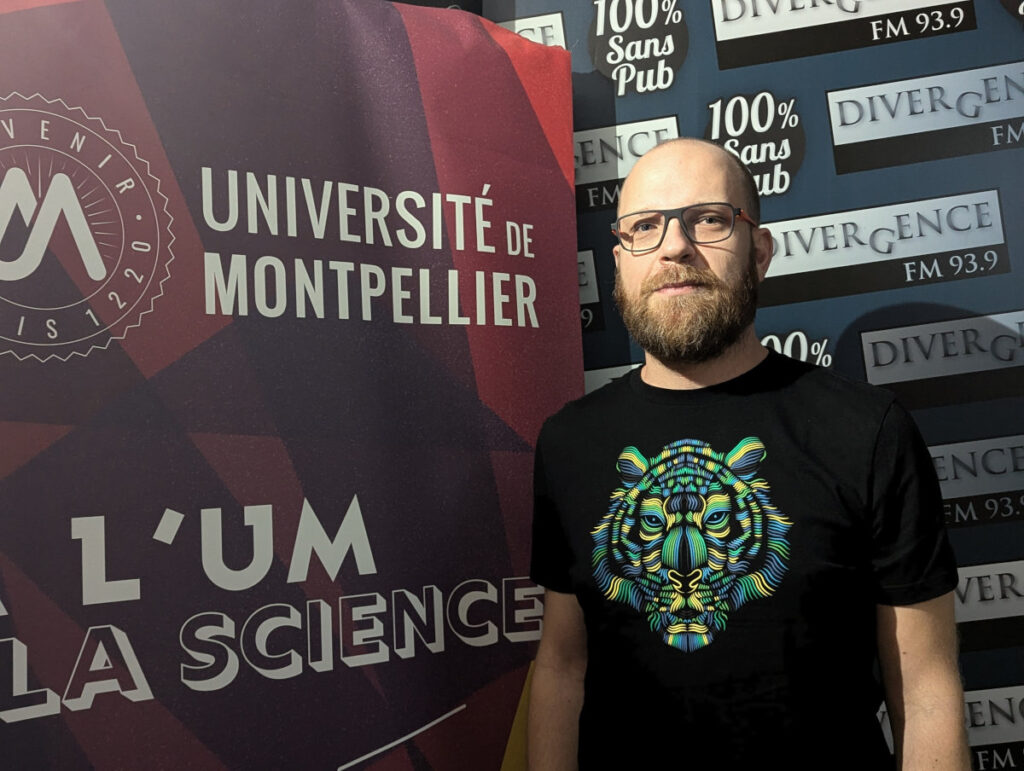
And today we're talking about cognitive dissonance. Dissonance between a clean, green image of ourselves to come, where our cars and electric bikes don't pollute, where our homes are heated by renewable energies that are good for nature, and where we can continue to consume the products of our industries without guilt because they have a carbon footprint close to zero.
Opposite this image, there's the other one, the old, ugly one, that of our societies gorged on black, dirty, toxic fossil fuels embodied by the coal mine in Germinal or the gold mine and its rivers of arsenic. An outdated image, an image from the past.
And yet, reality dictates that we, Europeans, Americans, Canadians, Australians, Russians or Chinese, must superimpose these two images to integrate the idea that the energy transition has a cost, and that we're not the ones paying for it.
Because our batteries, solar panels and wind turbines have a nasty flaw: they're greedy. Lithium, cobalt, nickel, copper, zinc and aluminum are their guilty pleasures. And according to the Net Zero Emission by 2050 (NZE) scenario , the need for so-called critical minerals is set to increase by 1.5 to 7 times by 2030.
And where there's ore, there's mine. You see the dirty, ugly, toxic image. The image of arable land grabbing, the image of hunger, the image of irreversible ecological damage, the image of child labor, the image of war.
Using open data, Roberto Interdonato from the Tetis laboratory and his team have mapped the current transnational mining network linking investor and target countries to highlight the distributive injustices and inequitable distribution of the social and environmental costs of resource extraction.
He published an article in the Revue perspective de développement mondial, entitled Ressources minière : la vérité dérangeante de la transition énergétique.
Read also:
- the article Précieuses pépites
The report takes us once again to the Pôle Chimie Balard nuclear magnetic resonance platform with Aurélien Lebrun, who explains how spectrometry can be used to better characterize molecules or determine the purity of samples.
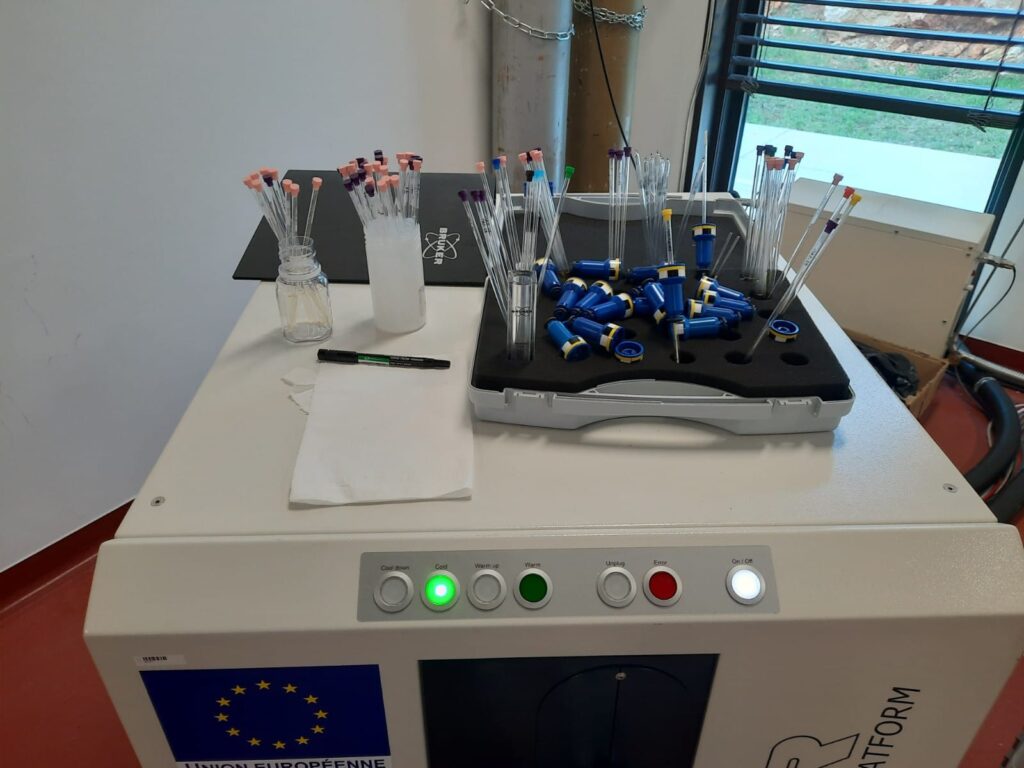
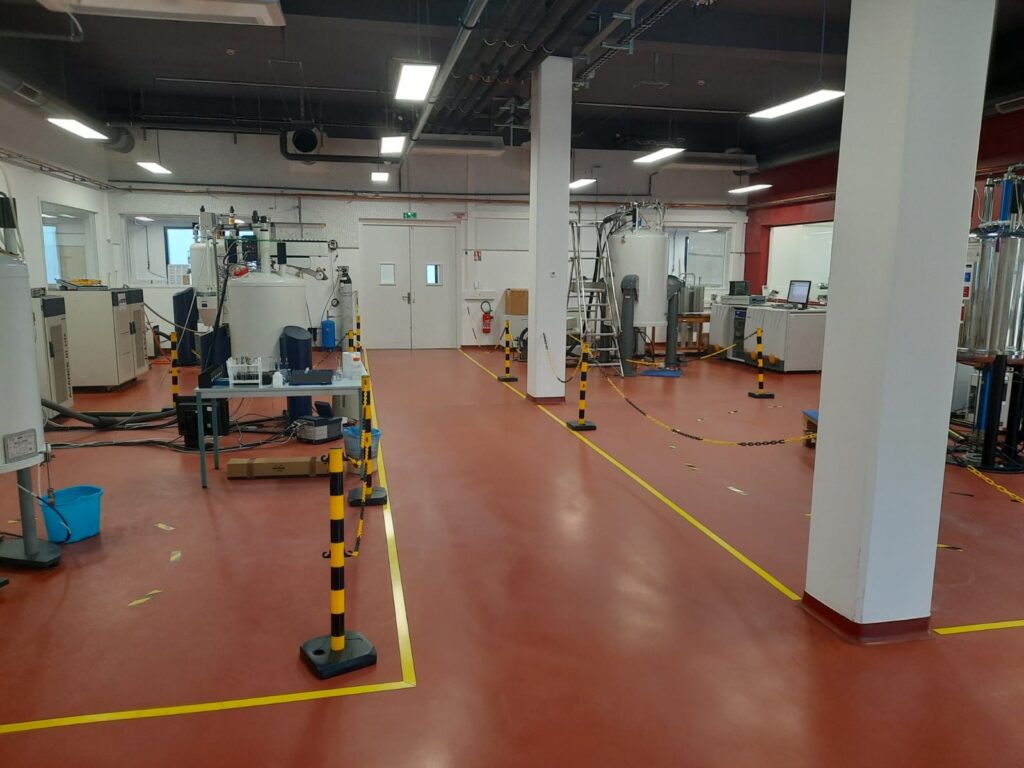
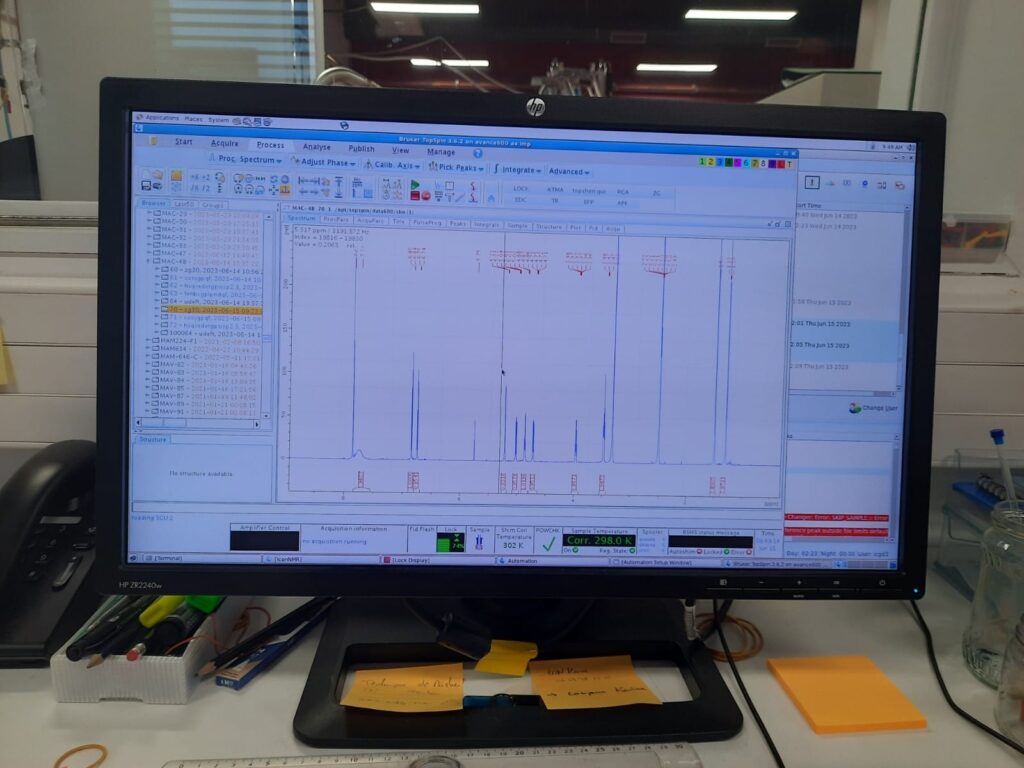
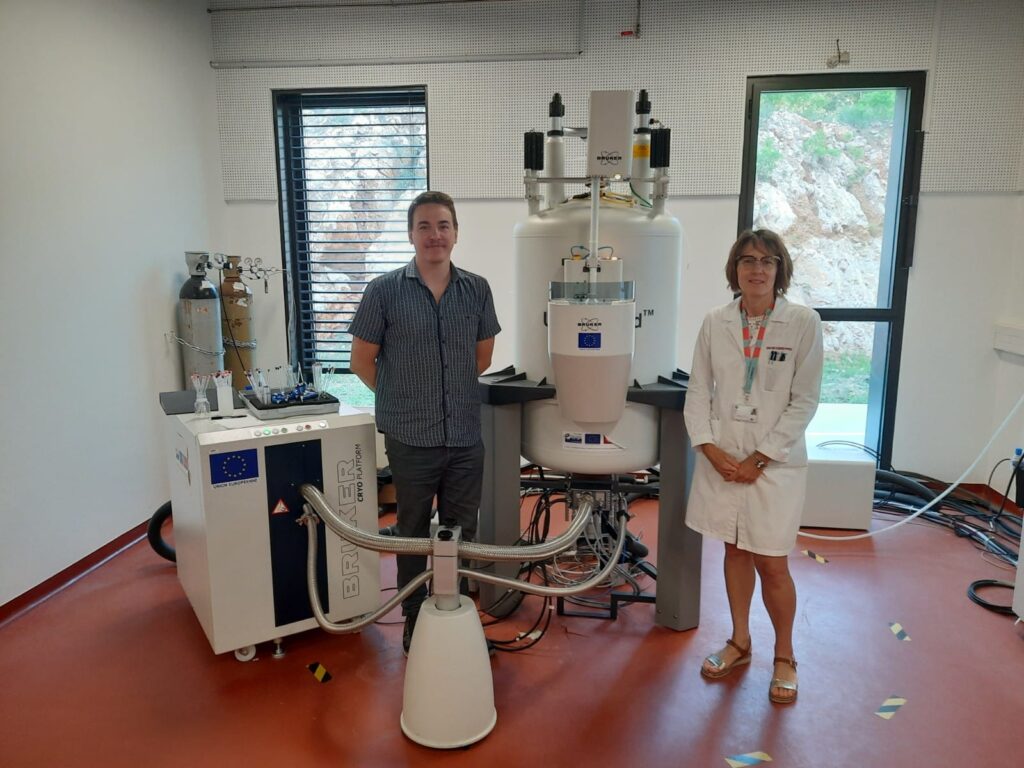
Finally, our last-minute guest is Thomas Pichery, who is in charge of sustainable development communications at the UM, and who presents the Fête de la science, which starts this weekend.
At UM la science you've got the program, here we go!
Coproduction: Divergence FM / Université de Montpellier
Animation: Lucie Lecherbonnier
Interview : Aline Périault / Lucie Lecherbonnier
Reporting and editing: Lucie Lecherbonnier / Aline Périault
Production : Tom Chevalier
Listen to the "A l'UM la science" program on Divergence FM 93.9
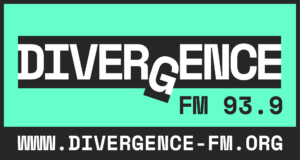
UM podcasts are now available on your favorite platforms (Spotify, Deezer, Apple podcasts, Amazon Music...).